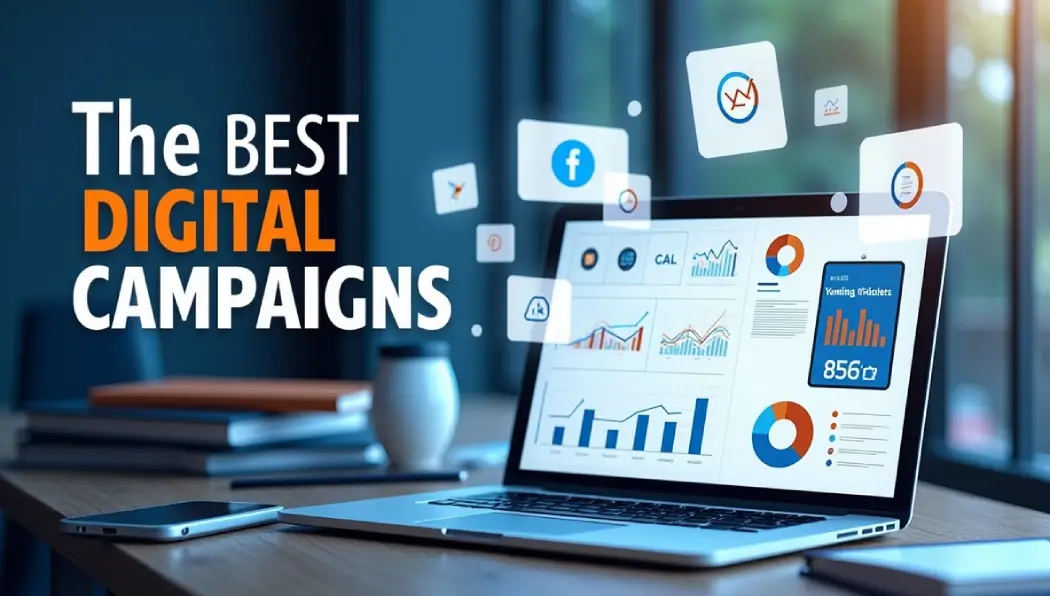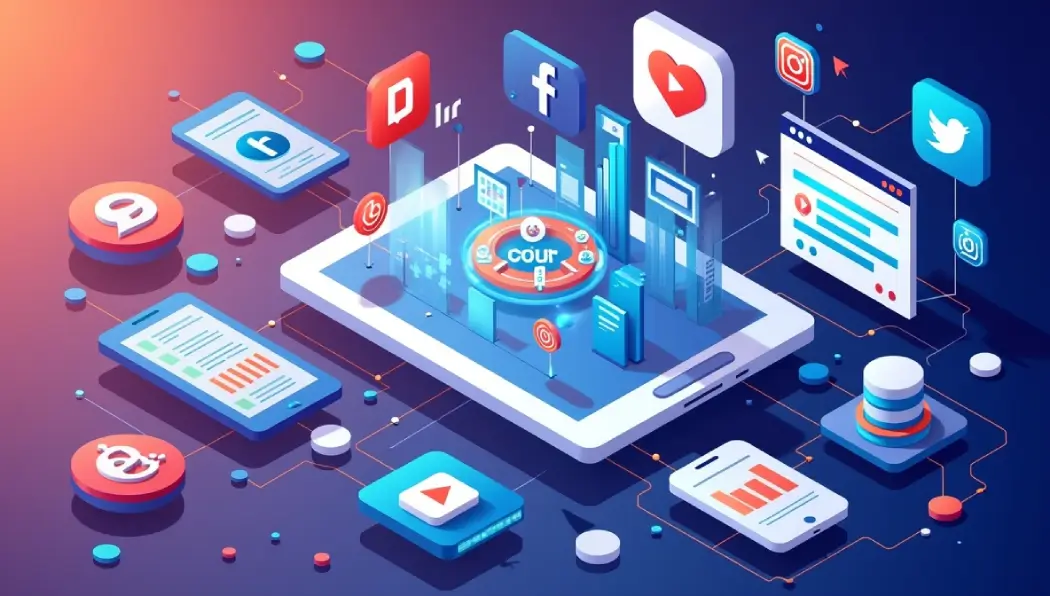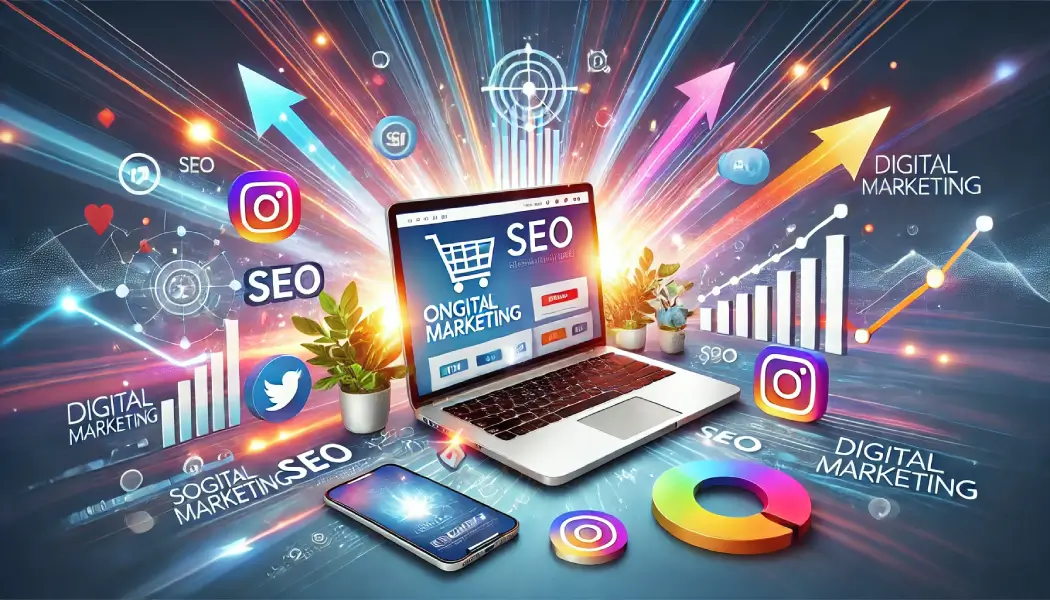The Best Digital Marketing Campaigns are the key to skyrocketing your business in today’s competitive online world. You’re not alone if you’re struggling to create a campaign that grabs attention and converts. Many marketers find themselves overwhelmed by the vast number of available tools, strategies, and platforms, leading to confusion and wasted budgets. Getting lost in a sea of tactics that don’t deliver results is easy without a clear roadmap.
But what if you could unlock the secrets behind the most successful campaigns? In this article, we’ll dive deep into the best digital marketing campaigns that have set the standard for success. You’ll learn what made them effective and how to implement these proven strategies to transform your campaigns.
By the end, you’ll have a step-by-step guide to crafting campaigns that drive measurable results, saving you time, money, and frustration. Let’s get started!
Table of Contents
The Best Digital Marketing Campaigns
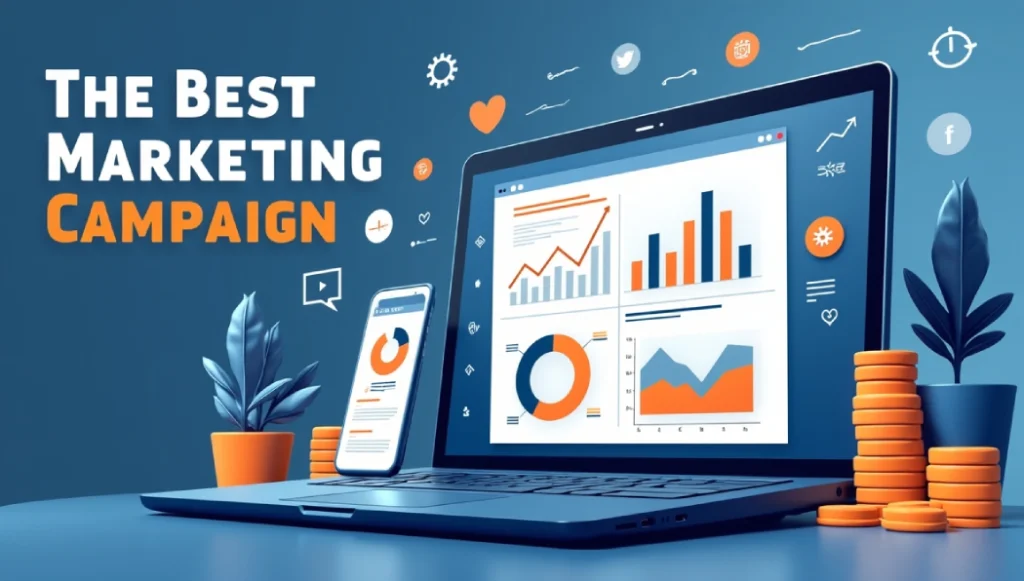
The Best Digital Marketing Campaigns showcase the power of strategy, creativity, and data-driven decisions. In this article, we dive into the key components that make these campaigns stand out—from understanding your audience and setting clear goals to crafting compelling stories that engage and convert.
You’ll learn how personalization, social proof, and continuous optimization play crucial roles in building successful campaigns. With real-world examples like Coca-Cola’s “Share a Coke” and Nike’s “Dream Crazy,” we reveal actionable insights and proven tactics you can apply to your marketing efforts. Whether starting or looking to refine your strategy, this guide provides a clear roadmap to elevate your digital marketing game
1. Start with a Strong Strategy: Understand Your Audience
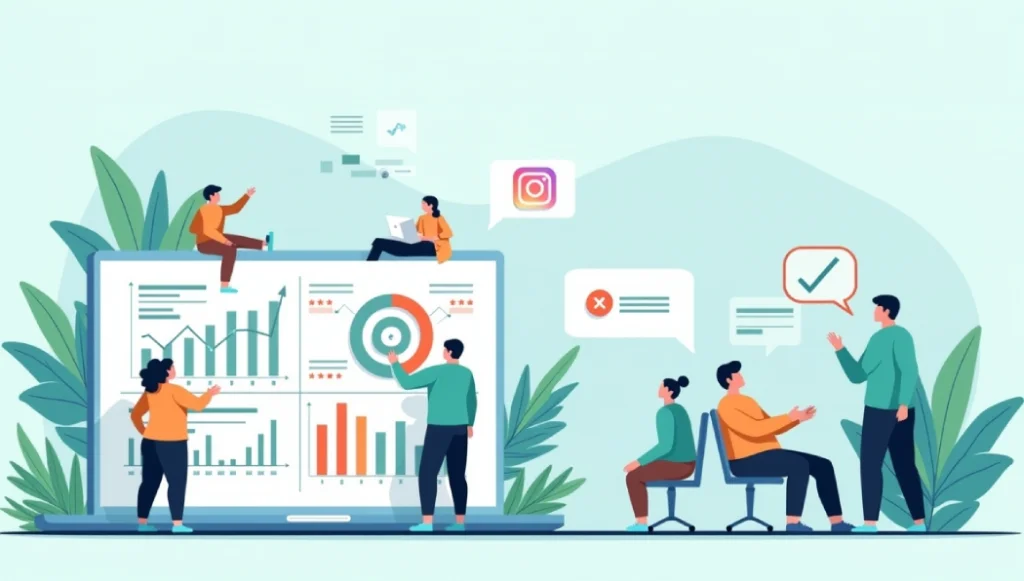
You must start with a foundation to create the best digital marketing campaigns: knowing who you’re speaking to. Think about the brands that stand out. They’re not just throwing content out there—they’re talking directly to their audience’s needs, desires, and pain points.
A strategy that starts with audience research and insight.
Take Nike’s “Dream Crazy” campaign. They knew their target audience was deeply passionate about social justice and self-empowerment. By aligning their message with these values, they connected on a personal level, driving not just sales but real engagement.
If you don’t understand your audience, your message will fall flat. Research helps you tap into resonated emotions and needs, turning casual viewers into loyal customers.
2. Set Clear, Measurable Goals
Once you understand your audience, you need to set aspirational and measurable goals. This is how you track success and adjust when necessary.
Clearly defined, measurable goals that are aligned with your business objectives. Think of them like the compass guiding your campaign.
One example is Coca-Cola’s ‘Share a Coke’ campaign, which perfectly illustrates the power of personalization. They didn’t just say, “Let’s increase sales.” Instead, they aimed to increase engagement by 3% and grow their social media following by a certain number. The result? A massive increase in both engagement and revenue.
Without clear goals, you’re navigating in the dark. Knowing where you’re headed lets you track progress, measure success, and tweak strategies in real-time to stay on course.
3. Create Compelling Content That Tells a Story
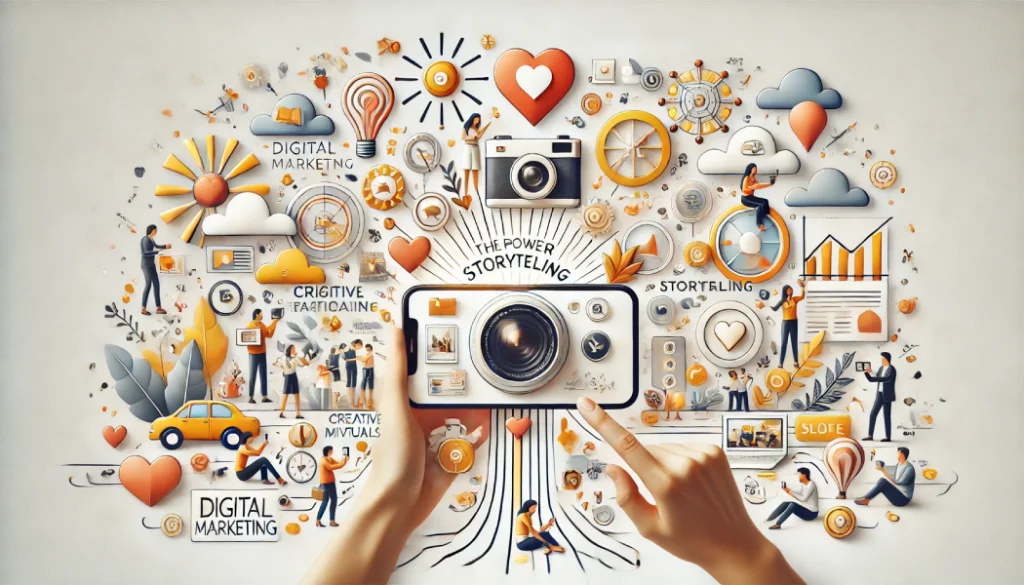
People remember stories, not statistics. The best campaigns always tell a story that connects emotionally with the audience; this is where many brands get it wrong.
Compelling content that isn’t just selling but telling a story that invites the audience to participate.
Take Apple’s “Shot on iPhone” campaign. It wasn’t just about showcasing the phone’s camera quality—it was about celebrating the creativity of real users. They invited people to share their photos and videos, creating a community of storytellers.
Content that tells a story will stick with your audience. It builds relationships and trust, making them more likely to act on your call to action. People want to feel part of something bigger than just a transaction.
4. Leverage the Power of Social Proof
Nothing builds credibility like social proof. When people see that others trust you, they’re more likely to do the same.
Build trust by utilizing customer reviews, testimonials, user-generated content, and influencer partnerships.
When Amazon showcases user reviews, it lets social proof speak for itself. Similarly, the success of brands like Glossier shows how customer-generated content and testimonials play a massive role in attracting new customers.
People trust people. If your customers and influencers are backing your product, it validates your brand in the eyes of new potential buyers. Social proof serves as the ultimate word-of-mouth marketing.
5. Incorporate Interactive Features and Personalization
The best digital marketing campaigns don’t just blast messages at an audience—they invite them to engage. Whether through personalized emails or interactive ads, you’re building a two-way relationship.
Interactive content and personalized experiences that make the user feel valued.
Spotify’s “Wrapped” campaign is a textbook example. Not only did they allow users to see their music habits, but they made it shareable, driving social interaction and brand awareness in a fun, personal way.
Personalization makes people feel like the brand speaks directly to them, and interactive content deepens engagement. This level of customization increases the chances of a conversion and builds loyalty over time.
6. Test, Optimize, and Scale
The best campaigns don’t just happen overnight. They’re the result of constant testing and optimization. The key to scaling is knowing what works so you can do more of it.
Continuous A/B testing and data analysis to refine your campaigns.
Take Airbnb, for example. They constantly test different headlines, images, and calls to action on their website to see what drives the most bookings. This iterative approach allows them to continually improve conversion rates.
Without testing, you’re guessing. Data helps you understand what resonates with your audience, allowing you to optimize your efforts and invest in what’s working. Testing doesn’t just improve results; it maximizes your ROI.
7. Optimize for Mobile First
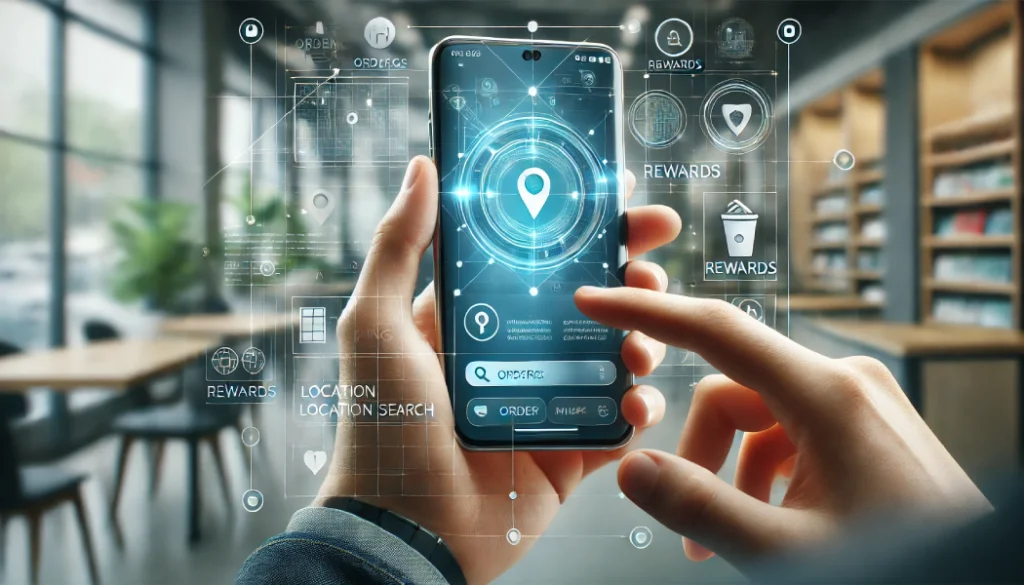
In today’s world, mobile users outnumber desktop users. If your campaign isn’t mobile-friendly, you’re leaving a lot of opportunities on the table.
Mobile-optimized ads, websites, and content to ensure the best user experience.
Brands like Starbucks have embraced mobile-first strategies. Their app lets users order ahead, earn rewards, and quickly find locations—all through their phones. This approach has significantly boosted customer loyalty and revenue.
If your campaign isn’t designed for mobile, you’re alienating a massive portion of your audience. Mobile optimization isn’t optional—it’s critical for reaching and engaging today’s users.
Conclusion
You started this journey hoping to unlock the secret to the best digital marketing campaigns, and it’s clear that creating campaigns that drive real results isn’t easy. Reaching your audience, setting the right goals, crafting compelling content, and optimizing your efforts can feel overwhelming at times.
But here’s the takeaway: A great campaign starts with understanding your audience and tailoring your approach to their needs. Success isn’t about using every tool available—it’s about using the right ones correctly.
So, what’s next? Start by defining your audience and setting clear, measurable goals. Then, create content that resonates emotionally with them and isn’t afraid to test and iterate. Once you’ve laid this foundation, scale your efforts gradually and continuously optimize. The best campaigns evolve based on honest feedback.
Now, take these insights and apply them to your next campaign. Start small, track everything, and don’t be afraid to adjust as you go. The best digital marketing campaigns don’t happen overnight—they happen through consistent, data-driven efforts.

